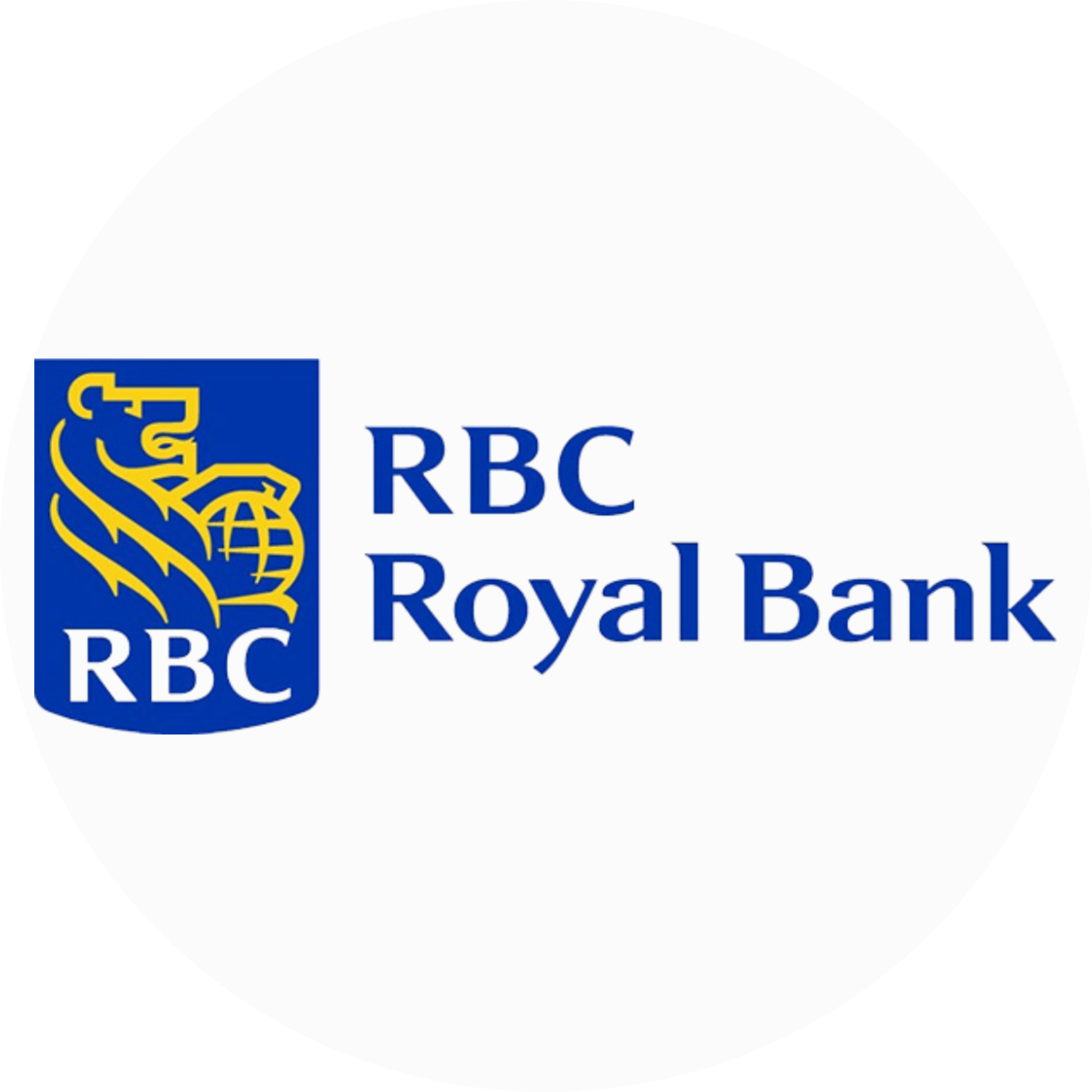This is the final installment in a series of discussions about corporate courage with leading developers in Charlotte. This newsletter talks to Lat W. Purser, III., whose father founded Lat Purser & Associates in 1961. Purser now heads the firm, which has provided commercial real estate services in the Charlotte for more than 50 years. Son Lat H. Purser also works for the family namesake. The firm is a prolific developer, responsible for developing and managing numerous grocery-anchored retail developments in Charlotte, Raleigh and Jacksonville, Fla.
Initially, the company’s focus was neighborhood shopping centers anchored by national grocery chains. But as the Southeast grew, so did the firm’s interests to include retail, office and multifamily. The firm’s first urban development, Matthews Station, transformed a poorly designed town hall into a project that connects with the community. Purser talked about this project, and how having his sons in the business affects his drive to win.
John Culbertson: If it was Groundhog Day, what project would you choose to do over and over again?
Lat W. Purser, III: Matthew’s Station. It’s one of my favorites and it’s located in downtown and is a library and town hall. I was meeting with the mayor of Matthews, and he made a comment that they were going to redevelop the town hall because it was on the backside of the main street and there was an old Mexican restaurant next door and it just really didn’t work for the town as far as the image goes.
I worked closely with the town to create something very special, to get the look and the feel right. It was a project that came off extremely well and it influences the people of Matthews in a very meaningful way. It makes a difference for the community.
JC: At what point were you committed to this project?
LWP: For two generations, I’ve been part of a firm that built neighborhood shopping centers. I’d started getting involved in the Urban Land Institute (ULI) and was learning more and more about land planning and town centers. When I learned about the opportunity in Matthews, I started to fall in love with the idea, thinking that all the possibilities, all of the exciting possibilities, would outweigh the risk associated with this project. So, I started working with an architect that I had a very good relationship with to respond to an RFP that the town issued for the project.
JC: At what point was there a feeling of complexity or an ‘oh shit’ moment?
LWP: Really, although there was a lot of complexity in the project, there was really no point that the project became unruly. You know, historically we have always built anchored shopping centers where I had a tenant in tow. This is one where it was essentially an un-anchored property, and I was constantly trying to mitigate the risk of not having a tenant, even when we were under construction. It worked out fine.
JC: How did your team help you build the capacity to perform at a higher level?
LWP: Matthews Station was a design-build type project. I found a contractor that I had done over 20 projects with before and that I could collaborate with openly as the project evolved. Steven Overcash, an architect who I have a good working relationship with, has experience in both retail and office and was a perfect fit. The group could work collectively to keep costs down and deliver on schedule. The fourth key person to this was our banker. This was a time when banks would lend on speculative projects, which worked out beautifully. I rarely bid out contract and architect work and prefer to work collaboratively in a negotiated process. The leasing was tricky, but our in-house leasing team was able to do it. The relationship we have with the banker was a huge driving factor on this and that relationship was built on a great deal of trust.
JC: How has this project allowed you the confidence to move forward with bigger projects?
LWP: I have two boys in the business (Lat Jr. and Adam) and what I do here will ultimately give them a good footing to move forward in their own careers. Seeing their passion for the business means a lot to me. I think that they learned early in their careers that a developer has to commit to a project early in the game, much like Cam Newton has commit to the 30 yard line, that he is going to get the ball into the end zone to win the game. If the developer is not able to commit early, he’ll be beaten out by a developer who can. This type of willingness to commit is a result of experience that translates into an intuitive understanding of the development process. I learned a lot of this intuition from my father and I see it in my sons. However, what a developer really needs to understand today is how to mitigate risk. Learning your lessons early and not repeating the mistakes allows you to win. For us, great development is all about the balancing of execution on our vision while mitigating the down-side of the risk inherent in every project.






